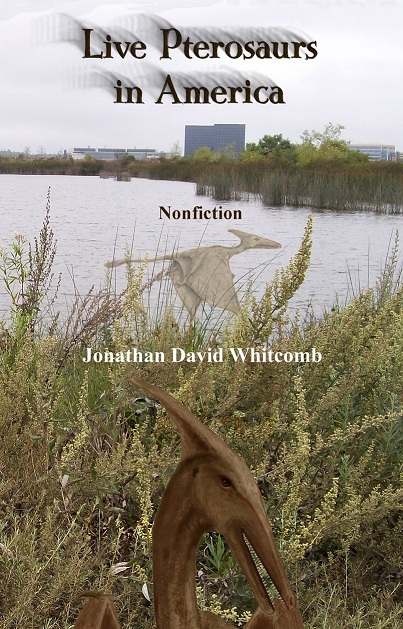My newest book is about to be published in the next few weeks: Live Pterosaurs in Australia and in Papua New Guinea. This low-cost ebook gives detailed eyewitness accounts of the strange flying creatures seen in the Southwest Pacific, with explanations for why these sightings are absent from news headlines. Samples:
Introduction
I have found, after many years of questioning eyewitnesses, that some accounts cannot be dismissed as misidentified birds or bats or as hoaxes. Keep the door open to discovering something for yourself; I expect you’ll discover something important before the last chapter.
Chapter One: How can Pterosaurs be Alive?
Dragon stories abound in many human cultures, and before the late nineteenth century “dragon” would have been what an eyewitness might have called a living pterosaur. I suggest that some legends of flying dragons are less than 100% fictional, but this book examines more recent reports, not old legends. Nevertheless, part of the problem resides in the old English word “dragon.”
Chapter Three: The Bougainville Creature
Did you notice the word absent from Hennessy’s account but obvious in Hodgkinson’s? In all my email correspondence with Hennessy, he never said “pterodactyl” (or “pterosaur”). Nevertheless, he was clear about the description and clear about his impression of the flying creature: “prehistoric.”
Chapter Five: Another Expedition on Umboi Island
Before leaving Kampalap, they learned about the ropen’s behavior on that northeast coast. It glows until it alights on a tree on a promontory north of the village; when it lands on the tree, the light goes out. Later the ropen flies to the nearby reef to feed.
Chapter Eight: Expedition of 2006
Paul Nation and Jacob Kepas were flown into the remote mountainous area by the plane pilot Jim Blume, the same missionary who assisted the 1990 expeditions and the second 2004 expedition. . . . Blume had to make two flights, for the two passengers and their luggage, but he himself did not stay long in Tawa.
“I [Paul Nation] was able to watch the two [lights] on the mountain range . . . at this little saddle. . . . [the lower left light] appeared first. About a minute or so later, the higher one . . . appeared, and the first one disappeared. . . . the second one . . . took up and over [flew over] . . . the back side [of the ridge]. . . .”
To make this book available to as many readers as possible, and to preserve trees, it is being published as an e-book. Please contribute to the preservation of the enviroment and the propogation of knowledge by purchasing your own copy in electronic format (it might never be released in paper-book format).
Book About Pterosaurs in Australia
Some of the sightings mentioned in this book had not been published in any book before, to the best of my knowledge; they are first-hand accounts given to me over several years.
Pterosaur Extinction (or not)
In brief, Mr. Kuban draws attention to the weakest reasons for believing in modern pterosaurs, the weak reports; he also points out flaws or just possible flaws in some of the words and reasoning of those who promote the concept of living pterosaurs. . . . But consider two critical points that he ignores: the strongest eyewitness-testimony accounts and the philosophical foundations of the conflict.



